Idea by
Emily Oppenheim + Sharon Leung
Oppenheim-Leung
Call for ideas 2020
Architecture Unseen
Architecture Unseen
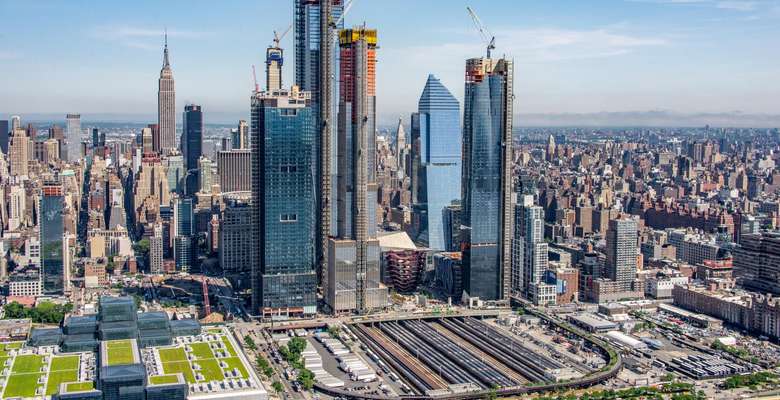
- Systemic changes
We found through our architectural education the two narratives of technology and the history of the heroic structure are rarely acknowledged together. We’re interested in the role of environmental systems in the mid-century modernist era and how the mechanical systems that were required to support them are excluded from the narrative.
Buildings and the building construction sectors combined account for one third of the world’s energy consumption and almost 40% of total direct and indirect CO2 emissions. This flaw in narrative is crucial for future generations of architects to understand in order to have agency.
Why have cities in Europe not adopted the glass skyscraper has a typical building typology?

With its completion in 1952, the United Nations building was exemplary in tall office building design. It’s aesthetic, with a seamless glass curtain wall exterior and it’s weather mastered interior by Carrier, became the standard for all future office towers. This Carrier advertisement found in Architectural Record in 1951 boasts “individual climate control in each office at the turn of a dial, return ducts eliminated..”
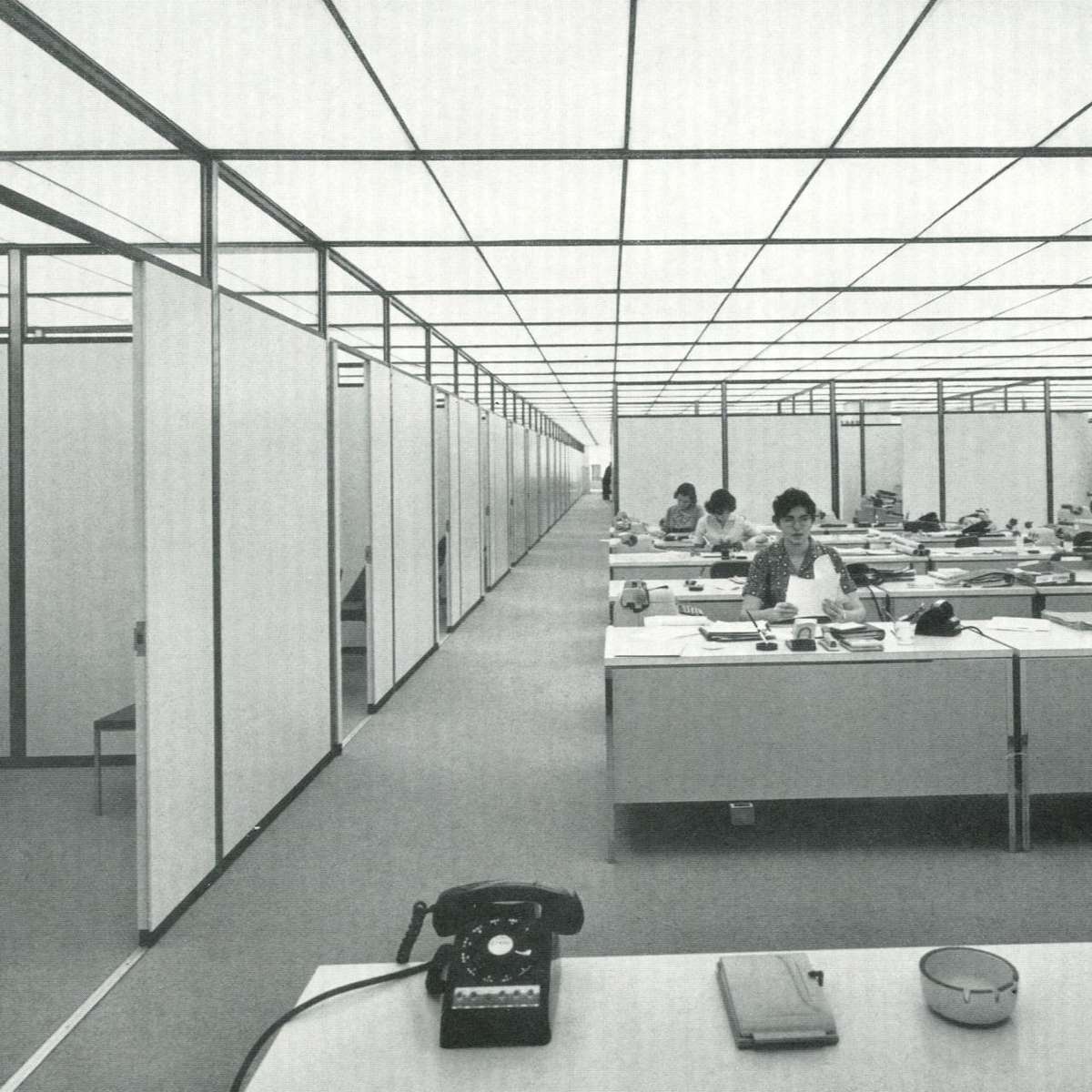
As the rise of the corporation lead to an increasing need for real estate, modernism as an architectural style communicated technological advancement and innovation. The Union Carbide building, famously photographed by artist Ezra Stoller, show the relentless ceiling matrix as the icon of a universally accepted corporate office interior. These well known photographs became icons in themselves, as they are the documentation disseminated in popular media.
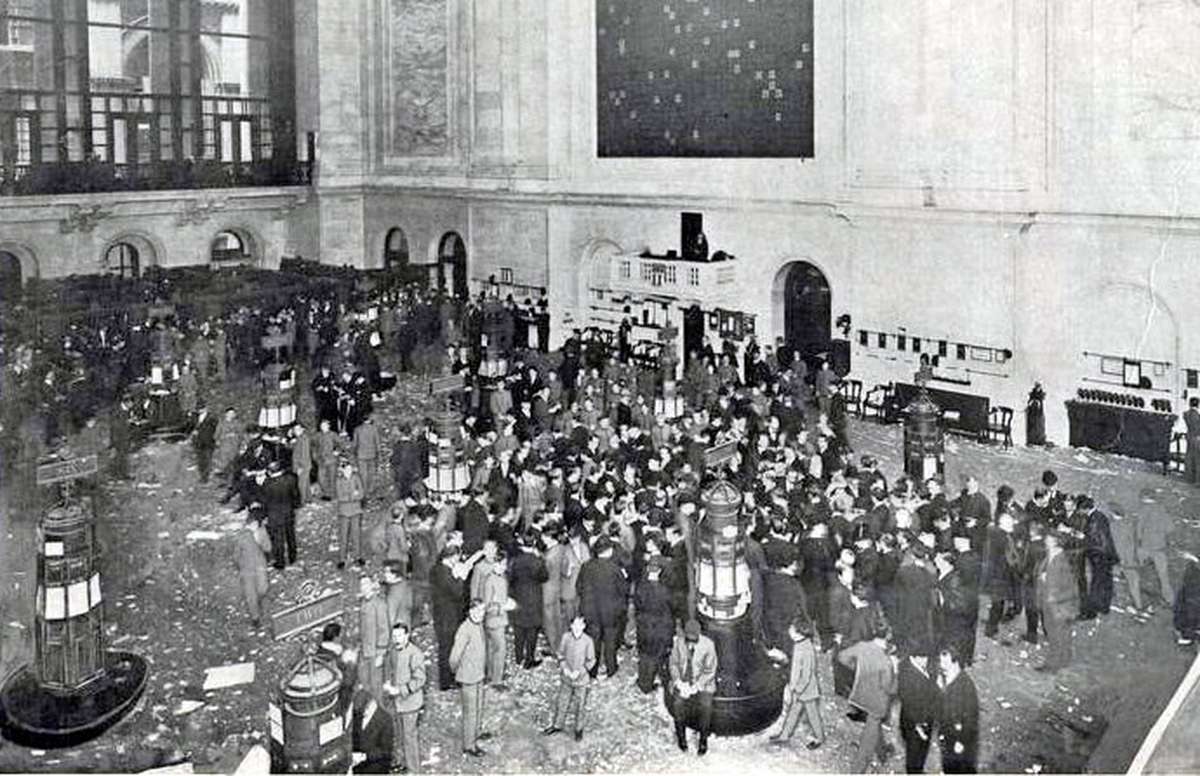
As the economic landscape develops in New York in the early 1900’s, the stock exchange becomes a surprising site that increasingly required a controlled interior climate. The stock exchange was the space of economic production. Traders laboured on the trading floor serving corporate clients by trading bonds with the aid of computers, also known as ‘the market’. The immense electrical load needed to satisfy both human activity and equipment demanded a controlled interior to optimize trading.
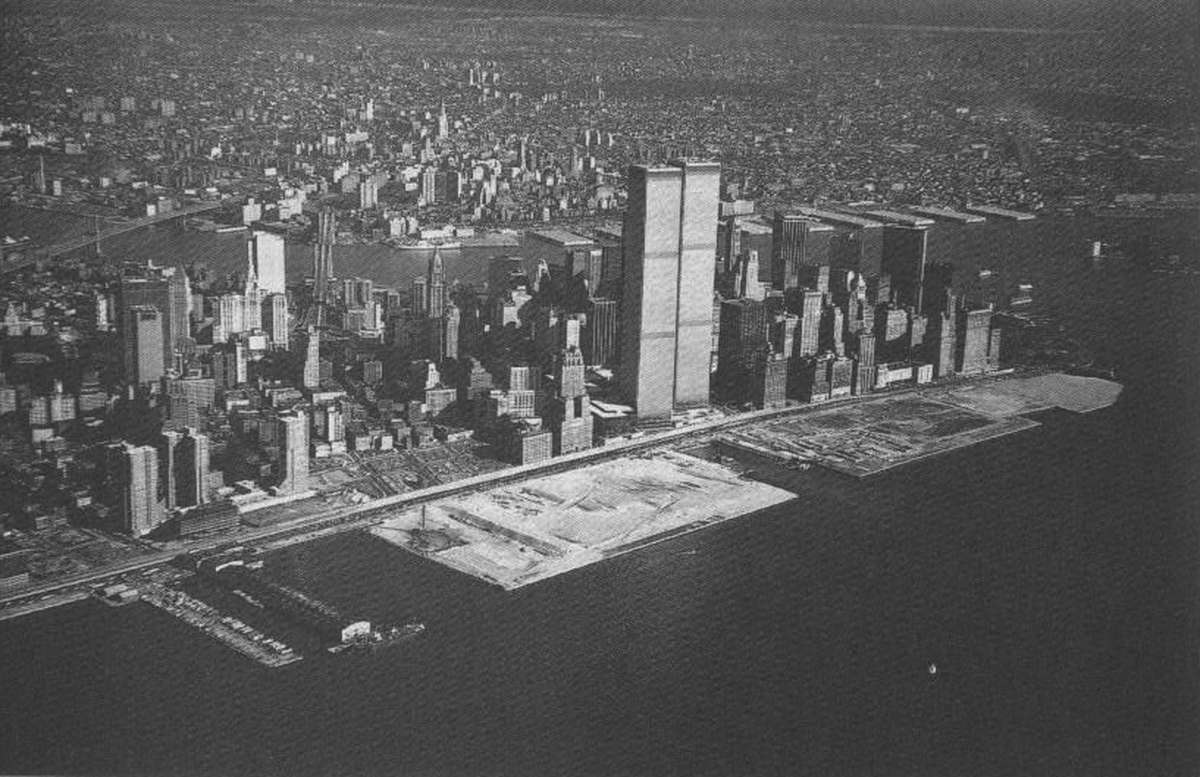
Never again will we see the amount of new building than we observed in the post war period. Vast sums of money were lent in order to finance American corporate appeal; building newer, taller structures symbolizing wealth and stability. While the building of tall glass towers continues, in 1973 the world was hit with a complete shock. The cost of oil began to surge without warning in the early 1970’s.
Architecture Unseen
Architecture Unseen

- Systemic changes
We found through our architectural education the two narratives of technology and the history of the heroic structure are rarely acknowledged together. We’re interested in the role of environmental systems in the mid-century modernist era and how the mechanical systems that were required to support them are excluded from the narrative.
Buildings and the building construction sectors combined account for one third of the world’s energy consumption and almost 40% of total direct and indirect CO2 emissions. This flaw in narrative is crucial for future generations of architects to understand in order to have agency.
Why have cities in Europe not adopted the glass skyscraper has a typical building typology?
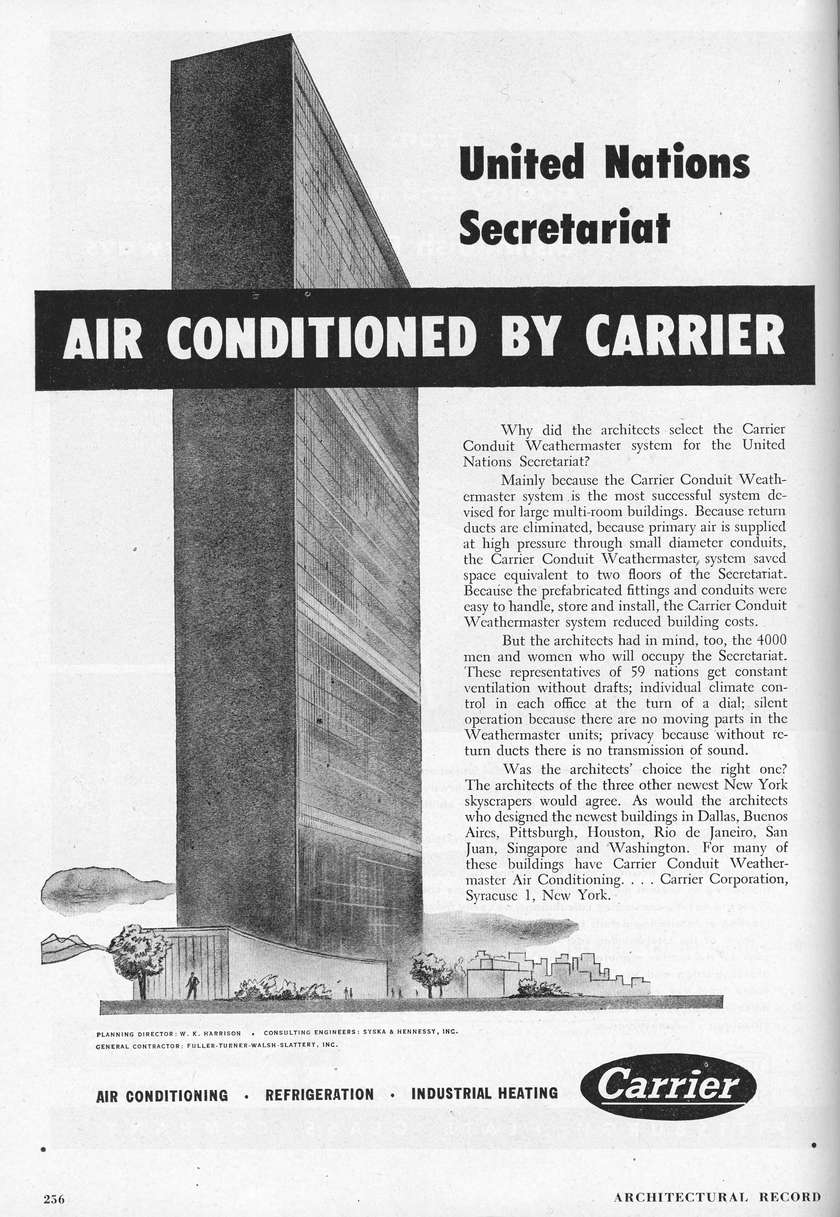
With its completion in 1952, the United Nations building was exemplary in tall office building design. It’s aesthetic, with a seamless glass curtain wall exterior and it’s weather mastered interior by Carrier, became the standard for all future office towers. This Carrier advertisement found in Architectural Record in 1951 boasts “individual climate control in each office at the turn of a dial, return ducts eliminated..”
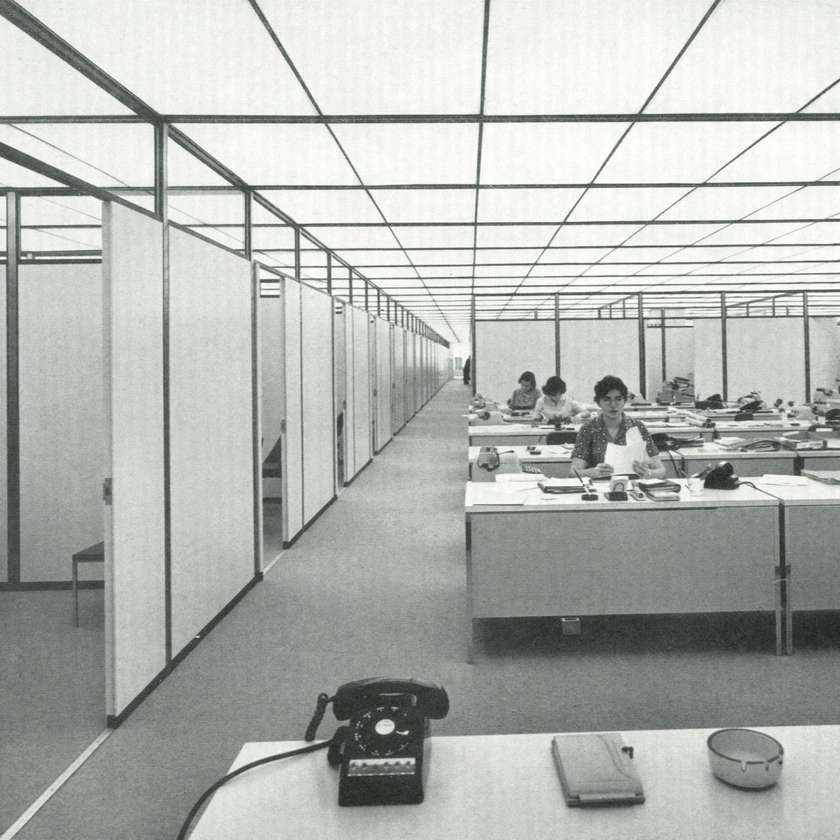
As the rise of the corporation lead to an increasing need for real estate, modernism as an architectural style communicated technological advancement and innovation. The Union Carbide building, famously photographed by artist Ezra Stoller, show the relentless ceiling matrix as the icon of a universally accepted corporate office interior. These well known photographs became icons in themselves, as they are the documentation disseminated in popular media.
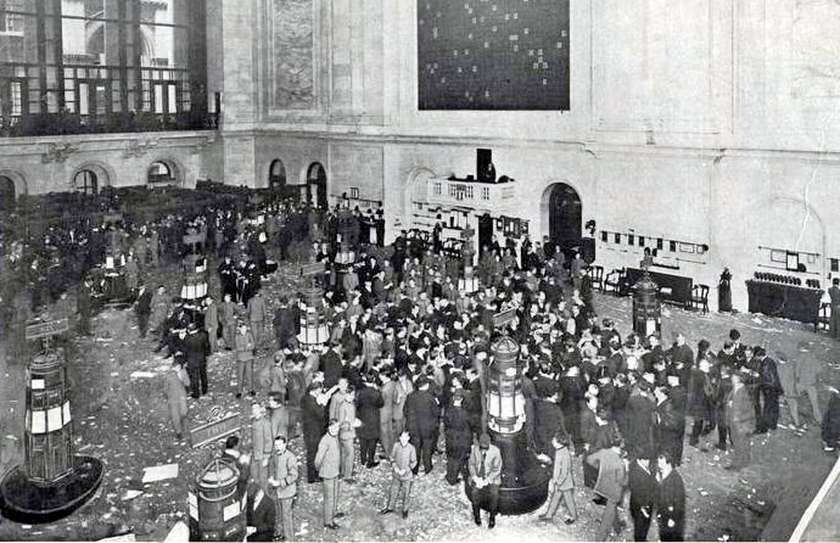
As the economic landscape develops in New York in the early 1900’s, the stock exchange becomes a surprising site that increasingly required a controlled interior climate. The stock exchange was the space of economic production. Traders laboured on the trading floor serving corporate clients by trading bonds with the aid of computers, also known as ‘the market’. The immense electrical load needed to satisfy both human activity and equipment demanded a controlled interior to optimize trading.
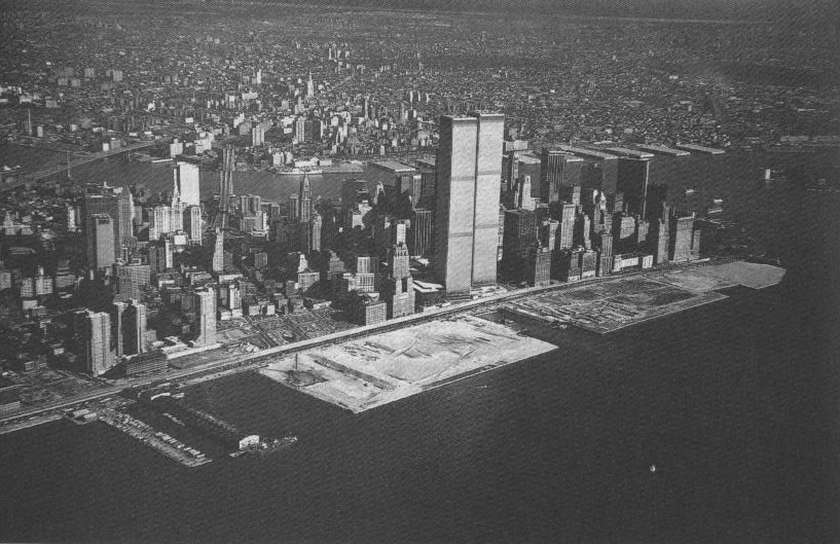
Never again will we see the amount of new building than we observed in the post war period. Vast sums of money were lent in order to finance American corporate appeal; building newer, taller structures symbolizing wealth and stability. While the building of tall glass towers continues, in 1973 the world was hit with a complete shock. The cost of oil began to surge without warning in the early 1970’s.